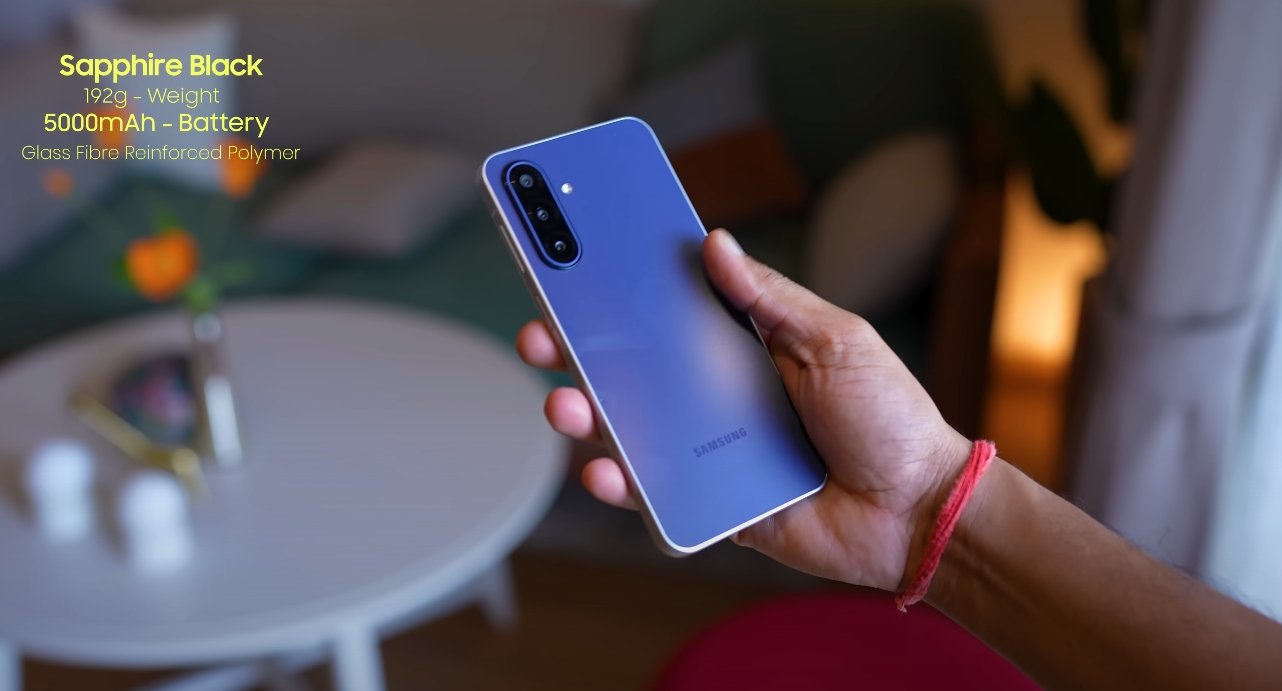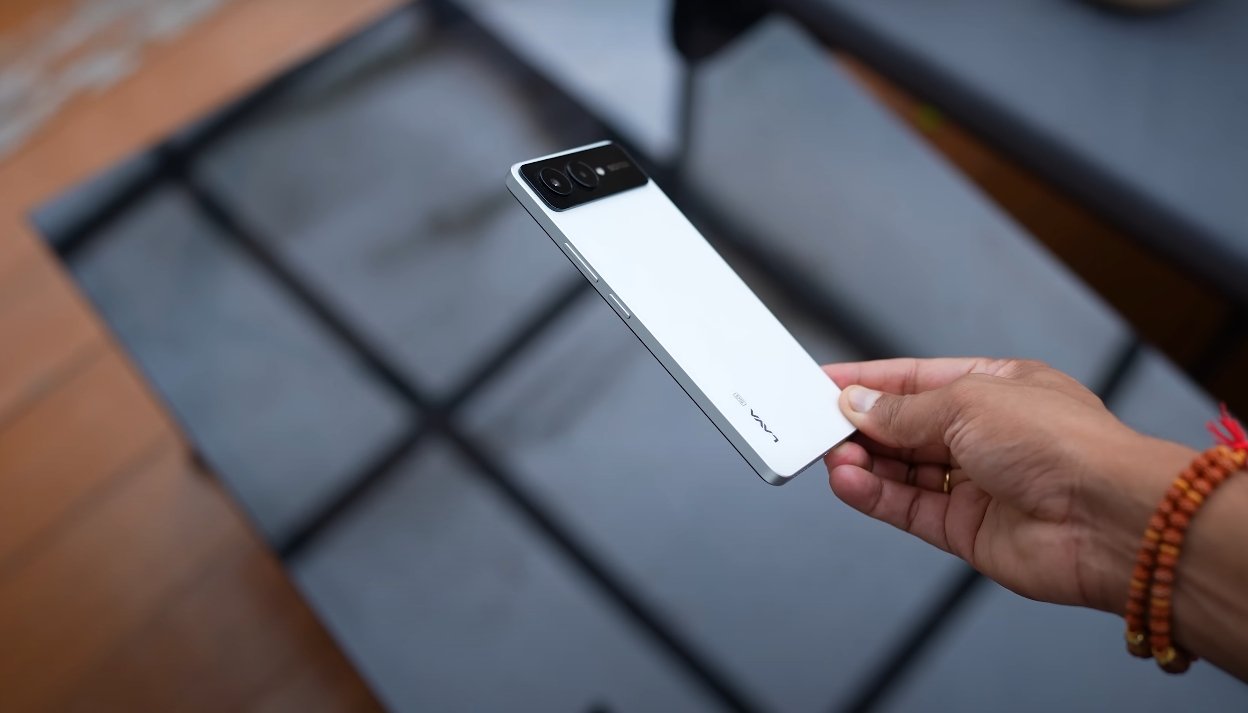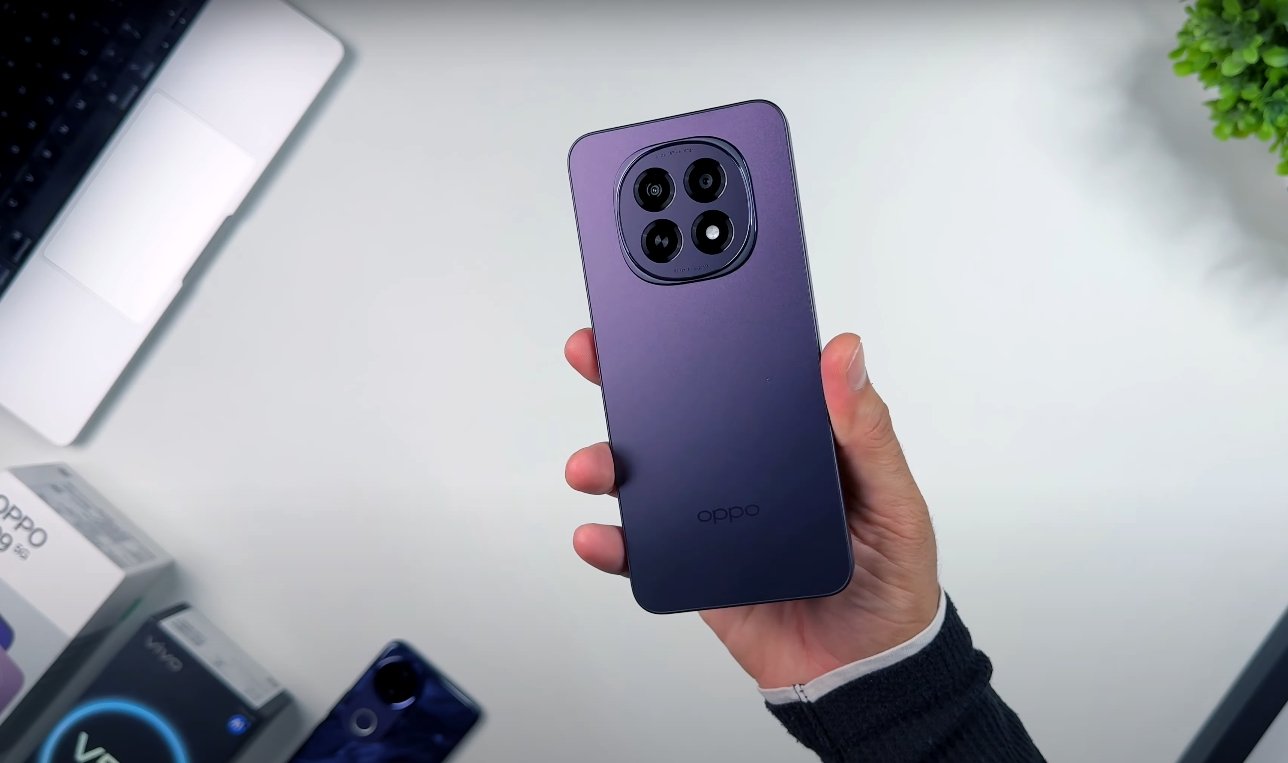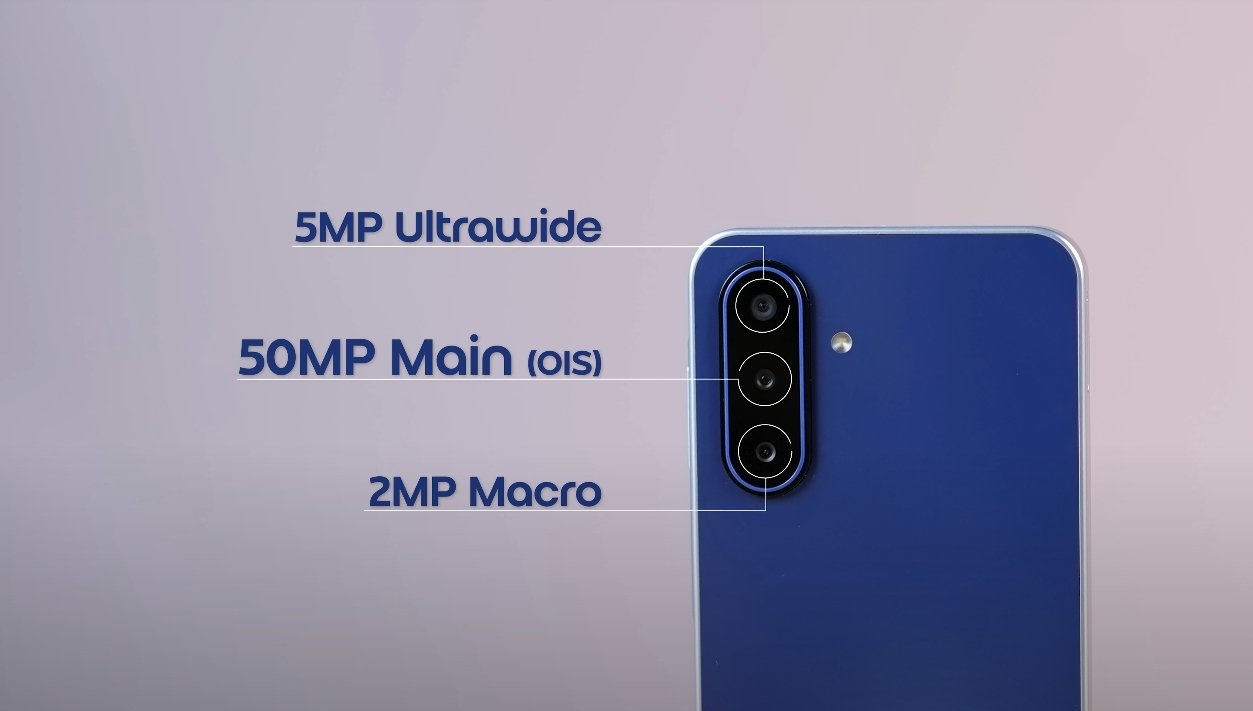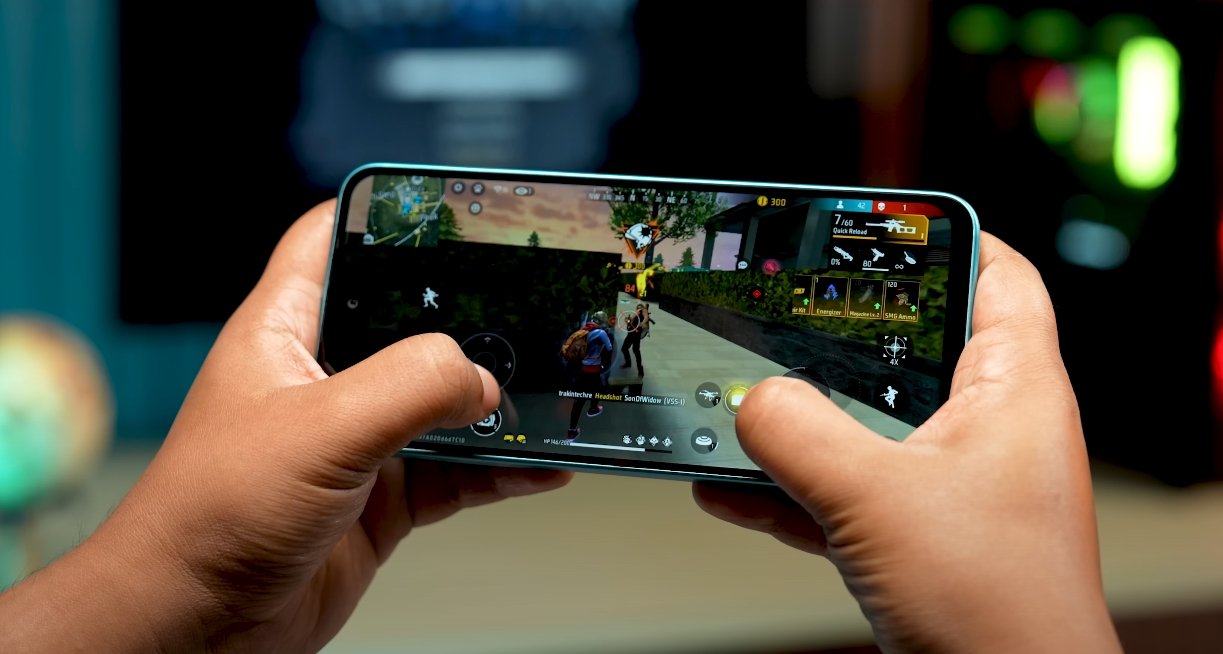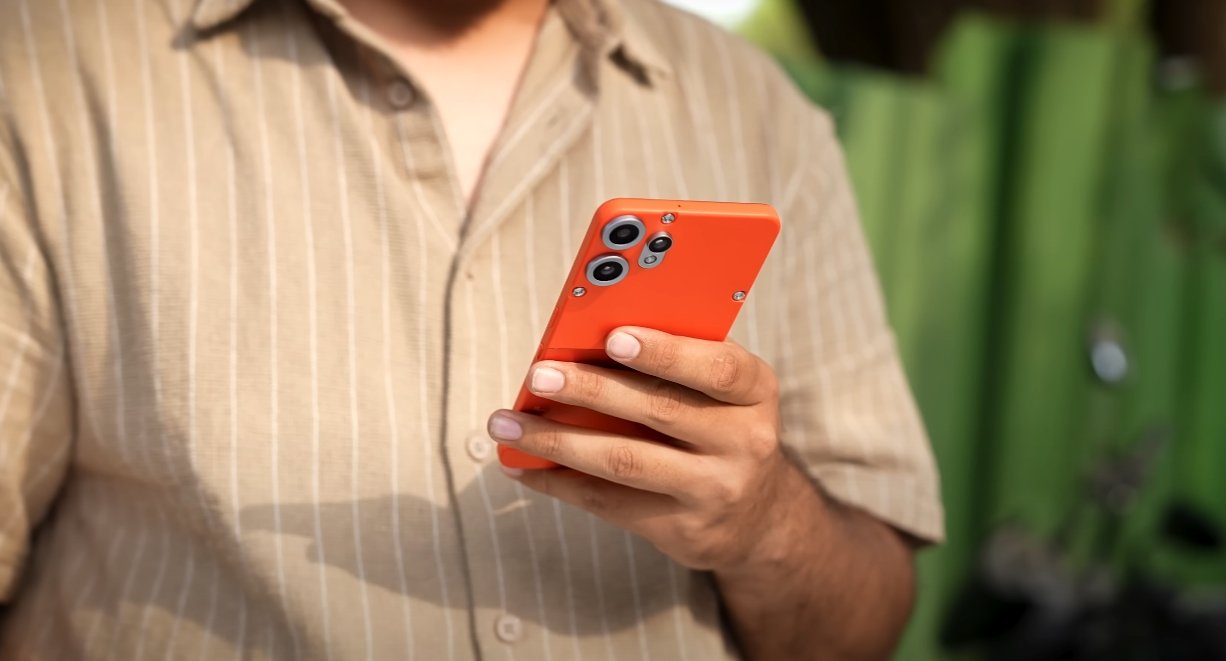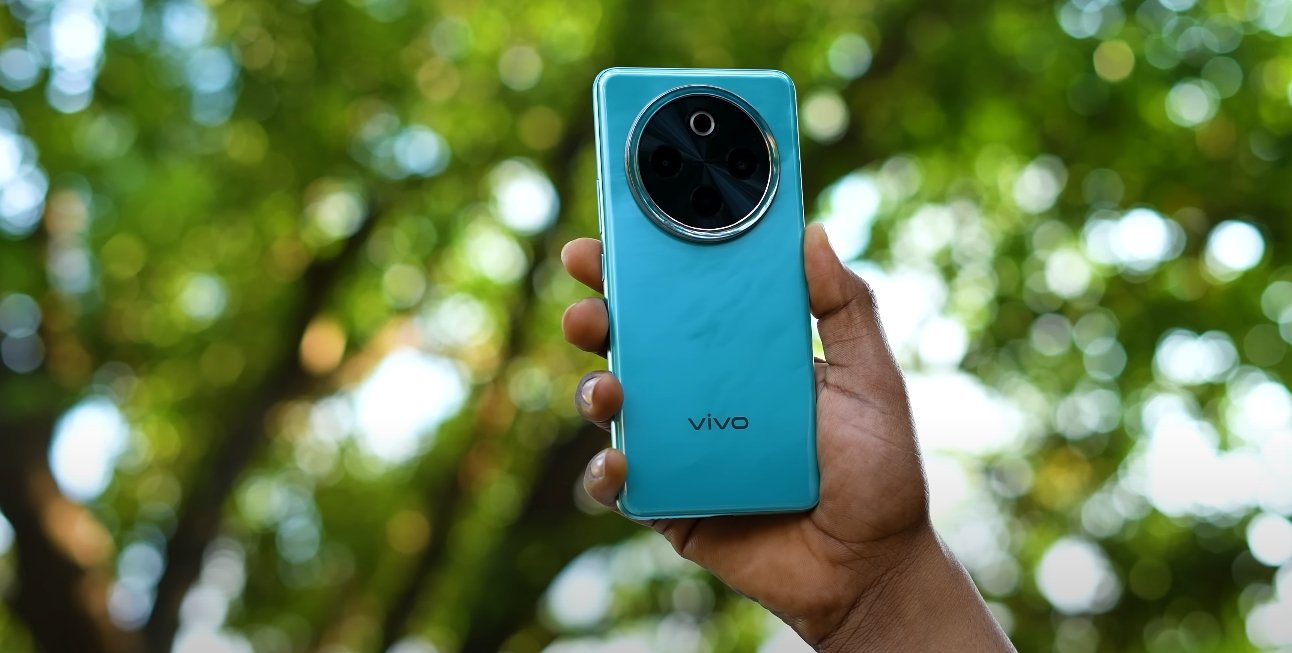Samsung Galaxy M17 5G vs Galaxy M16 5G: Which Budget 5G Phone Is Better?
Samsung’s M-series continues to attract attention in the budget segment with its combination of performance, battery life, and 5G connectivity. The recently launched Galaxy M17 5G has prompted many buyers to compare it with its predecessor, the Galaxy M16 5G. While both phones are designed to deliver value for money, the M17 introduces several upgrades that make it a strong contender for users looking for a modern, affordable 5G smartphone.
Performance is one of the main areas where the Galaxy M17 5G shines. It features the Exynos 1330 processor, built on a 6nm architecture, which provides faster and more efficient performance than the MediaTek Dimensity 6300 in the Galaxy M16 5G. This improvement is noticeable in multitasking, app launch speeds, and gaming. Both models offer up to 8GB of RAM and 128GB of internal storage, ensuring smooth operation for everyday tasks and sufficient space for media and apps.
The display on both phones measures 6.7 inches with Full HD+ Super AMOLED panels, delivering sharp visuals and vibrant colors. However, the M17 5G has a higher peak brightness of 1100 nits compared to the M16’s 800 nits, making it easier to view under direct sunlight. Additionally, the M17 comes with Gorilla Glass Victus protection, enhancing durability against scratches and accidental drops, while the M16 offers standard protection.
Camera capabilities are largely similar at first glance, with both devices featuring a 50-megapixel primary sensor, a 5-megapixel ultra-wide lens, and a 2-megapixel macro sensor, along with a 13-megapixel front camera. The key difference is the addition of Optical Image Stabilization (OIS) in the M17’s main camera. This helps reduce motion blur, improves low-light performance, and provides smoother video recording. The M16 lacks OIS, making the M17 a better choice for users who prioritize camera performance.
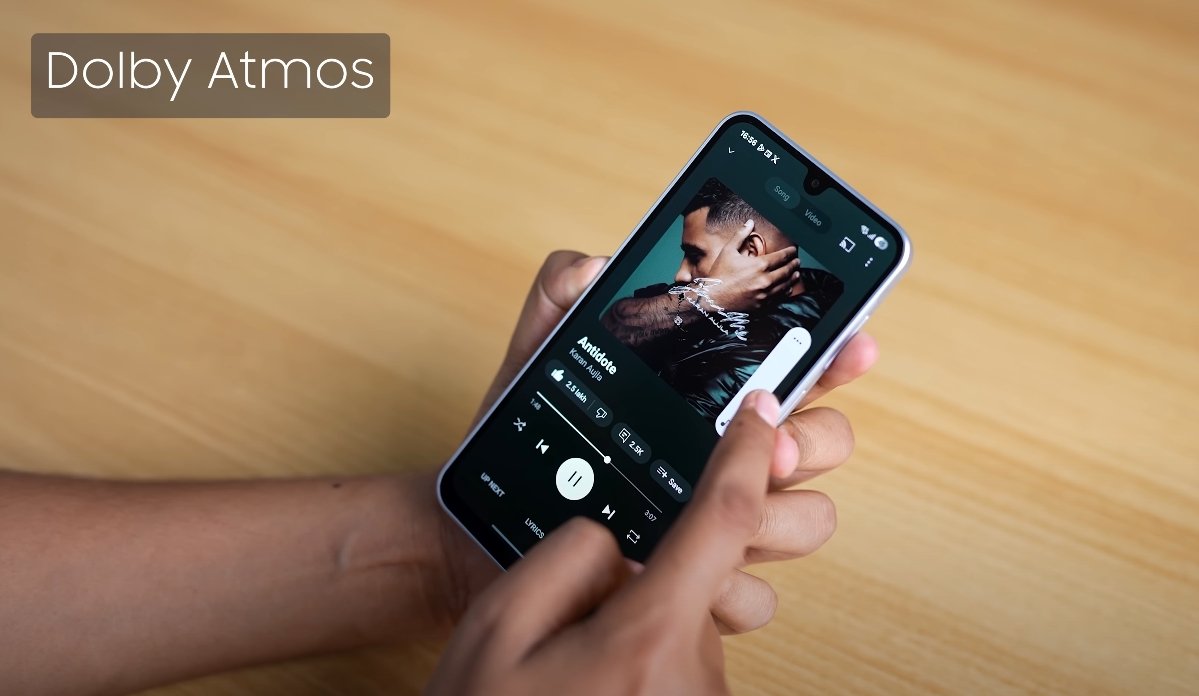
Battery life remains strong on both phones, with each offering a 5000mAh battery and 25W fast charging support. Users can expect a full day of heavy usage without needing to recharge. In practical use, both devices provide similar endurance, making them reliable options for daily use, streaming, and gaming.
Software is another area where the M17 has an advantage. It ships with Android 15 and Samsung’s latest One UI 7, offering improved features, security updates, and a more refined user experience. The M16 runs on Android 14, which is still capable but slightly behind in terms of new features and enhancements. Both phones include Samsung’s AI tools for photo editing and device optimization, but the M17 benefits from the latest software improvements.
In terms of design, the M17 is slightly slimmer at 7.5mm and has a modern, sleek look. Both devices are built with durable materials, but the M17’s design gives it a more premium feel. Its slightly enhanced ergonomics and updated aesthetics make it stand out compared to the M16.
Price-wise, the M17 is positioned just above the M16, offering additional features for a slightly higher cost. Considering the upgraded processor, improved display brightness, OIS-enabled camera, and latest software, the M17 provides better overall value for users willing to spend a bit more.
Overall, while both the Galaxy M16 5G and M17 5G are solid budget devices, the M17 offers meaningful upgrades that make it a more future-ready option. From performance and display to camera capabilities and software, the M17 is well-suited for users looking for a feature-rich, affordable 5G smartphone with strong long-term usability.
Also Read: Galaxy M16 5G Is Getting Attention For All The Right Reasons
